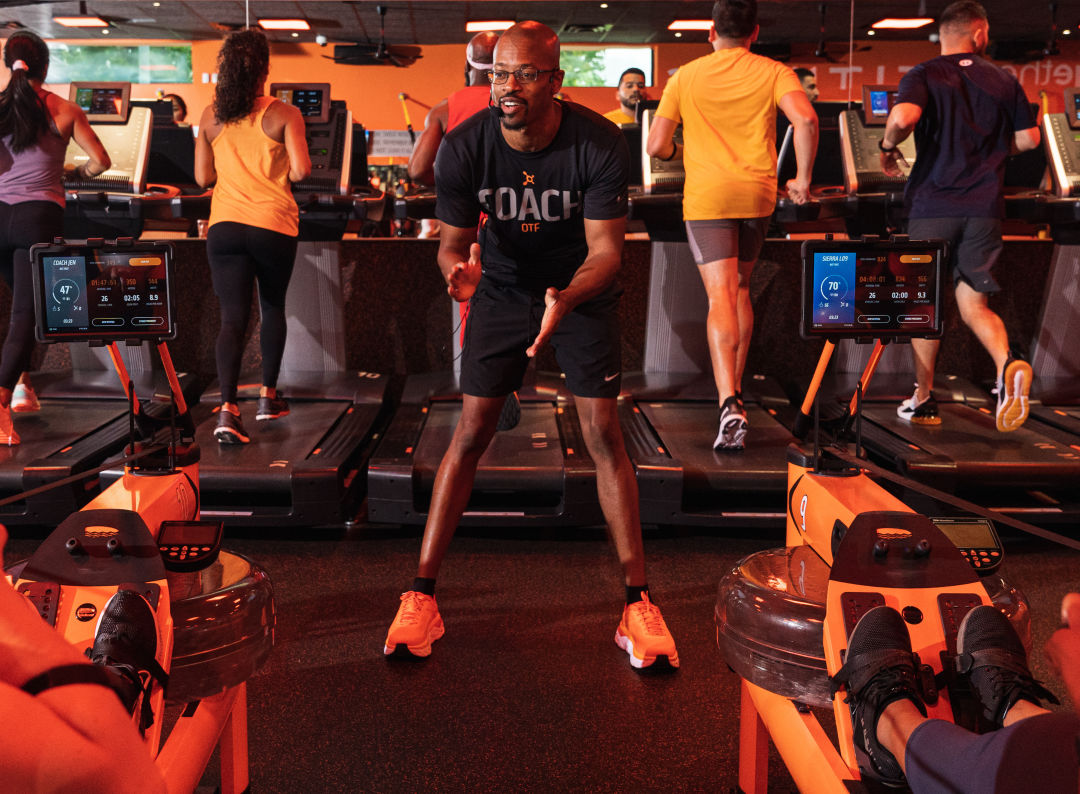Did Covid Really Change Our Fitness Habits?

When Covid hit, everything pretty much went virtual: work, doctor's appointments, school, you name it. While remote life, or some version of it, has become the new normal for many, on the flip side, the pandemic threw into stark relief the importance of certain physical spaces. We're talking about the gym, people.
At local outposts of three workout brands—Flow Fitness, Fremont Health Club, and Orangetheory—attendance is back to anywhere from 75 to 80 percent of what it was before the pandemic. That's a sizable number considering at the end of 2021, gym execs reportedly expected online options like Zoom workouts would continue to expand and permanently change the fitness industry.
Covid did popularize remote exercise in some ways, but Flow Fitness owner Justin Young says, “I think it was a little overblown. People didn't really like them that much…. They're staring at a screen all day. You really want to stare at a screen again for your workout?” His gym discontinued their virtual sessions a few months ago as less and less people logged on.
Fremont Health Club owner Lillian Cawdrey similarly ceased her gym’s online component when she saw numbers dropping off in January. She attributes the recent lack of interest in part to the oversaturation of virtual workouts, many of which are free. For gyms, offering online options isn't necessary anymore to maintain membership.

Gym devotees have missed the coaches and social setting at Orangetheory.
Orangetheory has an app that still offers pre-recorded workouts for its members, but the chain has similarly stopped live virtual workouts. Regional fitness manager Cosmo Friou points out that, originally, those who had good fitness habits were able to maintain their exercise routines even in isolation at the start of the pandemic. But as the months dragged on, “people began to fall off the wagon again, mainly because the social atmosphere was lost.” As members have returned to the solely class-based gym, he says that people are excited and grateful to be back in person.
One change, Flow Fitness's Young remarks, is that attendance throughout the day is more disproportionate. High volumes of gym-goers stop by in the evening, while the morning and afternoon groups are noticeably thinner.
He points out that the advent of remote work is in part responsible, since now people don’t have to be up and out of the house early in the morning for their commute or take a formal lunch break. Especially for his South Lake Union–based gym, with its high concentration of now-empty tech offices, people’s old routines of hitting the gym on their way to work isn’t the norm anymore. Cawdrey, too, has noticed that large groups of techies who used to arrive together after work are now absent from Fremont Health Club, signaling the decline of people going to the gym with coworkers or in groups.
In Seattle, that tech worker shift is significant. According to one survey from May, 85 percent of the national tech workforce is either fully or partially remote. With 11 percent of Seattle’s workforce employed in the field, coders and the like working from home have undoubtedly contributed to those differing gym patterns. Both Flow Fitness and Fremont Health Club have seen higher interest in personal training, though, as more people migrate back with uncertainty about how to resume their fitness routines.
And concerns about Covid? Cawdrey says people seem to, “realize that there's going to be new strains, there's going to be new viruses that are just going to most likely keep popping up. And they realize the best thing they can do is stay active and stay healthy and stay strong.”




